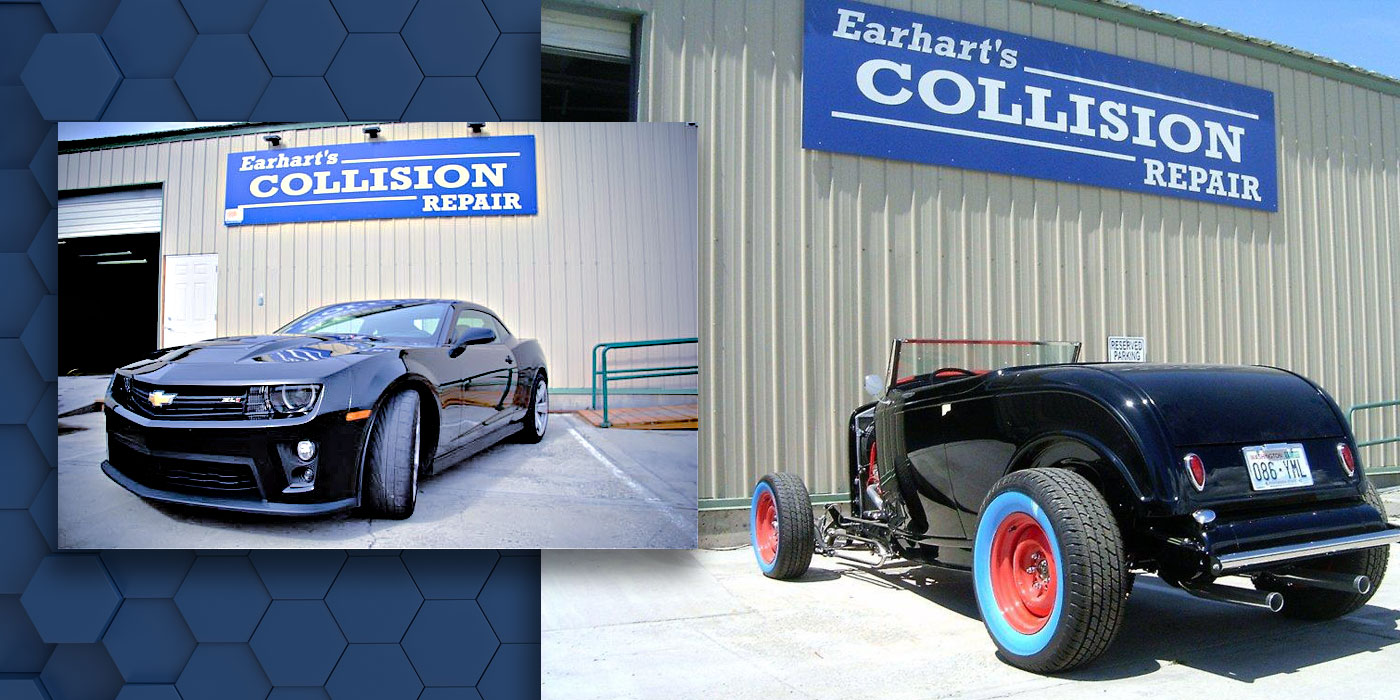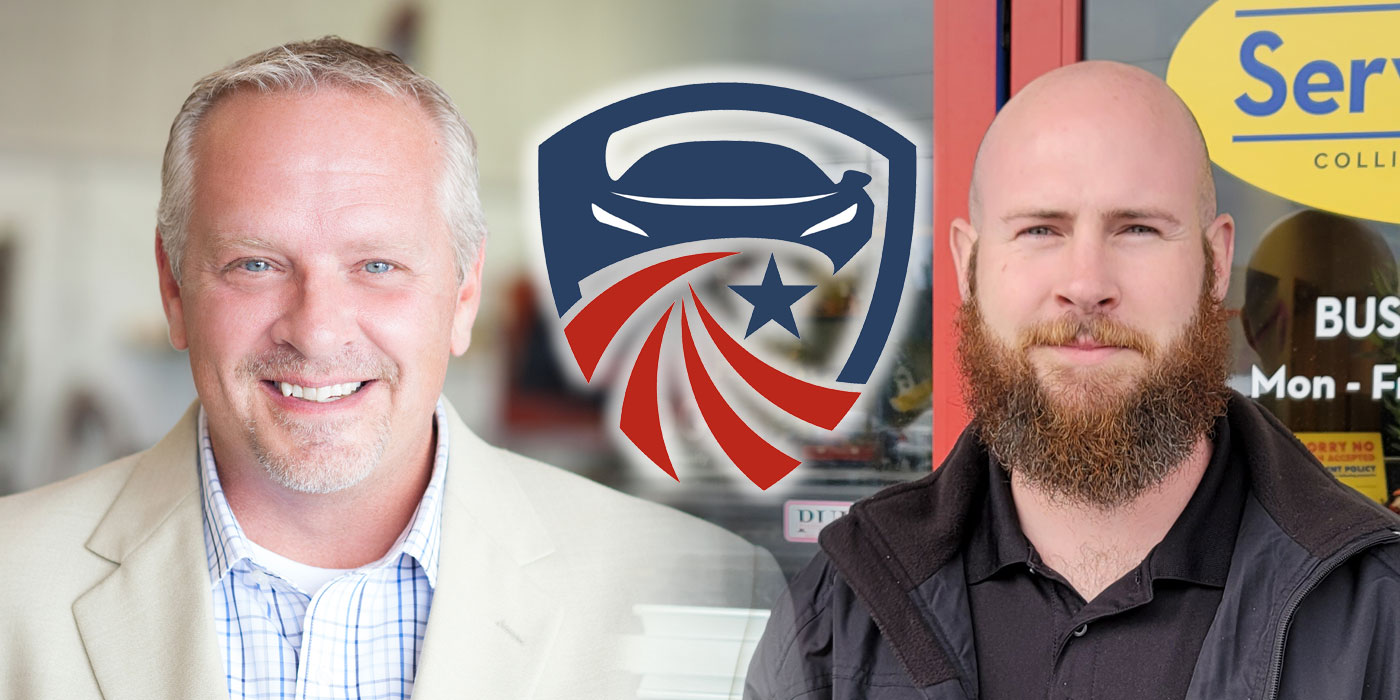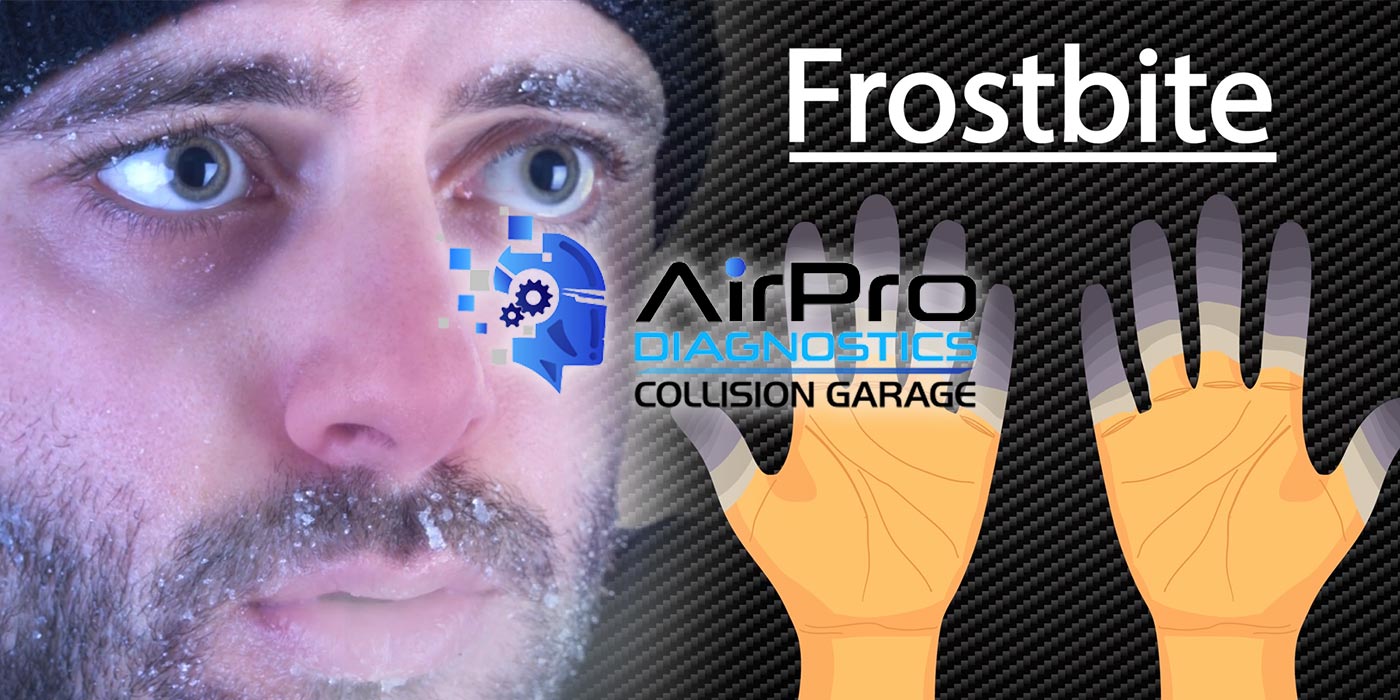Can a shop be productive doing combination work? I recently took over a shop where each car is repaired, painted and detailed by the same technician, and they’re not open to change.
My first question would be, “Why are you considering a change?” Are your Key Performance Indicators (KPIs) good? Is the shop generating a solid gross profit? Do you have a good CSI and low cycle time? How about paint materials profitability? If all of those KPIs are good, why change?
There are plenty of other questions that need to be answered. How big is the shop? Is your shop a dealership or independent? What are the sales and profit goals, and how close are you to hitting them?
Without more detailed information, I can only offer some general comments.
While I have worked with several shops utilizing ‘combo’ techs, I have not worked with a highly productive collision center utilizing combo techs.
One client was a good-sized dealership facility that did a high volume utilizing combo techs. None of that shop’s production KPIs were good. From cycle time to material gross profit, they were all poor. There was an obvious need to change based on sales and profitability goals. Let’s call the shop ‘Example Autobody.’ Example Autobody ended the combo production scheme and saw immediate improvement in all areas of performance and profitability.
Highly productive shops and ‘lean’ shops utilize specialized labor, breaking the repair process into individual steps. These shops use the right tech for each step of the process. Think of it this way: if you feather, prime and block all day, you become very good and fast at feathering, priming and blocking repairs. Painters who paint all day become better painters. And metal techs who perform body repairs all day become better body techs.
Compensation is also a factor. Why pay journey-level wages for non-journey level work? Why have a journey-level combo tech R&I a bumper, repair a bumper, feather, prime and block a bumper, mix and match the color and paint the bumper? In the entire process, there are only a couple of operations that actually require a journey-level technician.
Common sense, and a look around the industry, suggests that the combo shop structure is probably not the most successful structure going forward.
The last part of your question, “They are not open to change,” is the real problem. No one likes change, especially established combo techs. So your challenge is generally more about managing change.
There are plenty of good resources, books and information about managing change. In reality, no one wants to change unless they’re experiencing some sort of pain. And change may eliminate that pain.
In the case of Example Autobody, the management pain came from low CSI, low profitability on labor and paint materials, and high repair cycle time. For management, there was a real and obvious need to change.
That need was not so obvious to the techs. They did not want to change. No one does!
Through a series of shop meetings, Example Autobody’s management shared many of the profitability and production problems with the technicians.
The technicians began to open up about some of their problems. One tech really was not happy painting and felt he made better money on metal work. Another technician loved painting and did custom work at home in the evenings and weekends. It soon became obvious to everyone who should be painting and who should be doing metal work.
The shop, management and crew decided to try breaking the shop into a metal department and paint department. They all agreed to discontinue the combo set up.
Sure, there were problems, but most were solved through simple written standard procedures.
One of Example Autobody’s initial problems was the many ways technicians sent work to the paint shop. In the combo days, a body tech could ‘fix it in primer,’ so they would send work over to the painter in varying grits, often with pinholes. The solution was the standardization of how work is transitioned to the paint shop, and ‘filler finished in 180 grit, free of pinholes’ became the standard.
The answer to your question depends on your shop and your individual market conditions. I have a friend with a small specialty shop who specializes in the repair and restoration of British sports cars. In his case, combo techs work fine and is really the only way to go. In the case of Example Autobody, moving out of the combo environment was the right thing to do.
More information:












